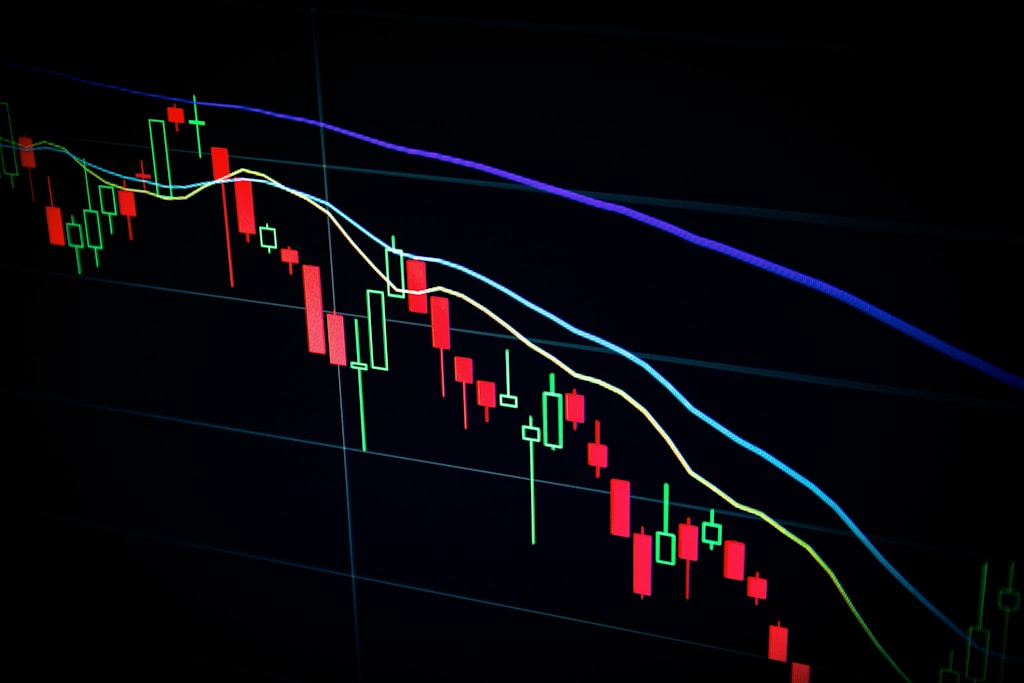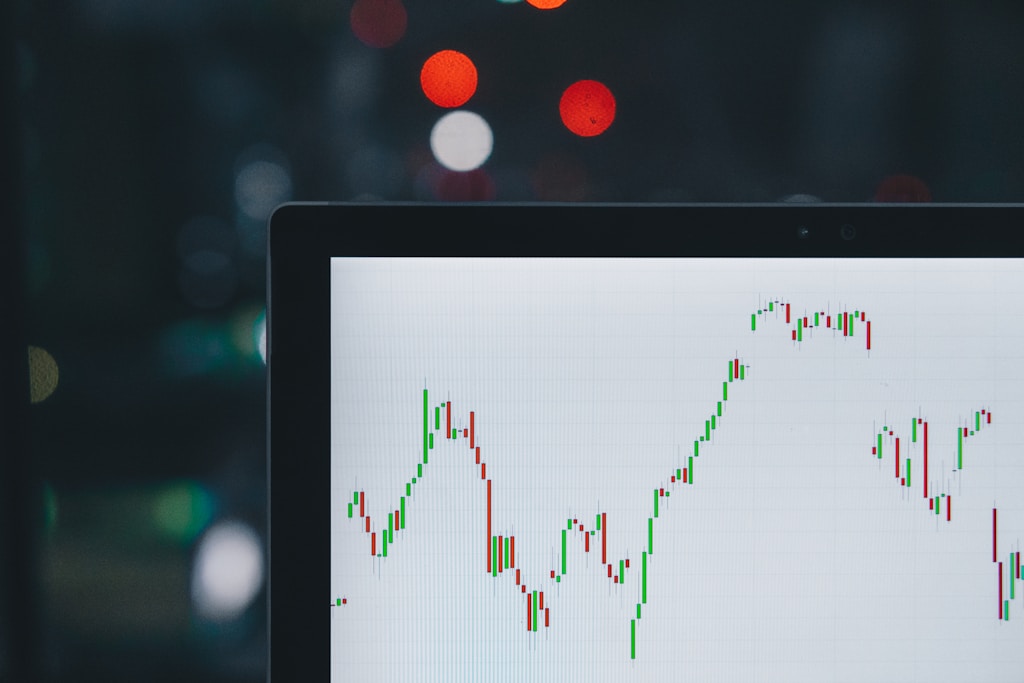Deutsche Bank’s groundbreaking move into stablecoins marks a pivotal moment for crypto adoption in the European banking sector. The financial giant’s Head of Digital Assets, Sabih Behzad, revealed plans to issue stablecoins and create tokenized deposits, signaling a major shift in traditional banking’s approach to digital assets.
This development comes amid surging institutional crypto adoption, with major tech companies like Apple, X (formerly Twitter), and Airbnb also exploring stablecoin integration.
Key Developments in the Stablecoin Ecosystem
- Deutsche Bank exploring stablecoin issuance and tokenized deposits
- Tech giants including Apple in discussions with Circle (USDC issuer)
- X (formerly Twitter) negotiating with Stripe for stablecoin integration
- AirBNB planning to incorporate stablecoin payment options
The timing of Deutsche Bank’s announcement aligns perfectly with the US Congress’s Stablecoin Legislation Bill, which could provide crucial regulatory clarity for stablecoin issuers. This regulatory framework, combined with recent breakthroughs in crypto regulation, is creating a fertile environment for institutional adoption.
Market Impact and Future Outlook
The integration of stablecoins into traditional banking infrastructure could significantly impact the broader crypto market. Bitcoin has already shown positive momentum, with a modest 1.34% increase in the last 24 hours, suggesting growing market confidence in institutional adoption.
FAQ Section
What does Deutsche Bank’s stablecoin move mean for crypto adoption?
It represents a significant step toward mainstream financial institution acceptance of digital assets, potentially leading to increased institutional adoption.
How will this affect the European crypto market?
This development could accelerate crypto integration within traditional banking services across Europe, potentially leading to increased liquidity and market stability.
What are the regulatory implications?
The move coincides with developing regulatory frameworks in both the EU and US, suggesting a more structured approach to crypto integration in traditional finance.



